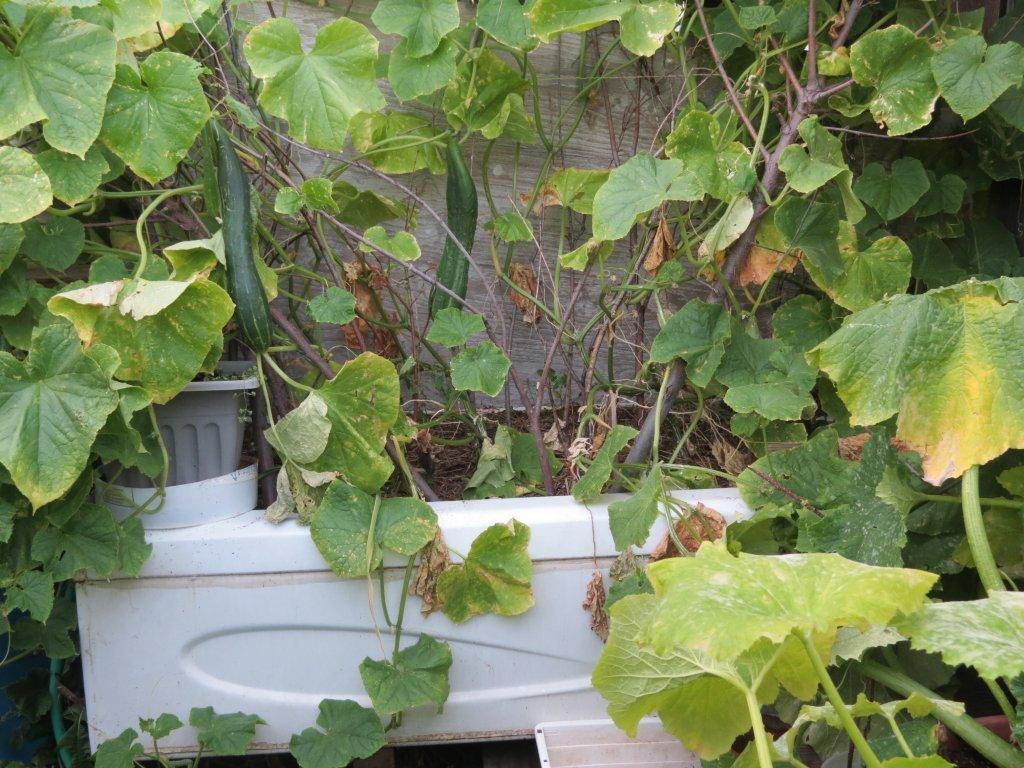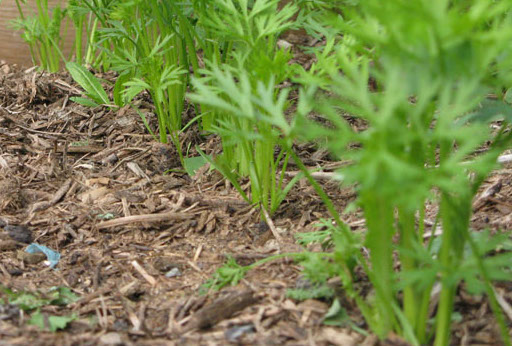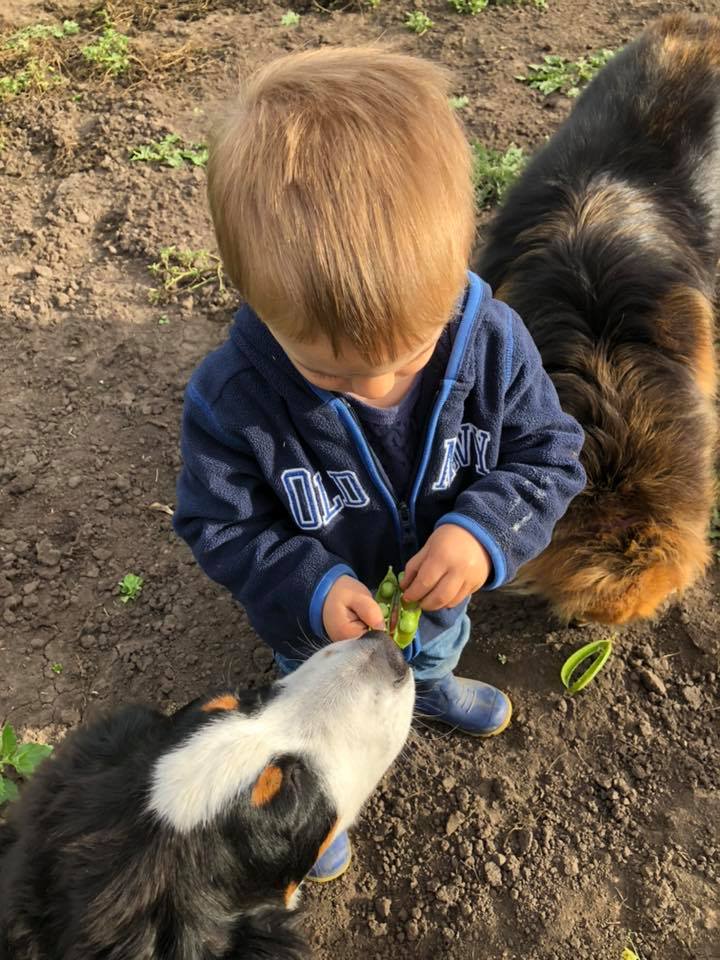 The desire to provide food for our family is part of our basic survival instincts which are kicked into overdrive in the midst of the pandemic. These health concerns around the world have created a strong desire for families to explore the art of home gardening for the first time. If you are new to gardening, and a bit overwhelmed, you are not alone. Many feel as if they are being thrown into unfamiliar territory, so it’s important to keep things in perspective and go easy on yourself.
The desire to provide food for our family is part of our basic survival instincts which are kicked into overdrive in the midst of the pandemic. These health concerns around the world have created a strong desire for families to explore the art of home gardening for the first time. If you are new to gardening, and a bit overwhelmed, you are not alone. Many feel as if they are being thrown into unfamiliar territory, so it’s important to keep things in perspective and go easy on yourself.
You are not expected to provide all of the food for your family in your own back yard. It will take some time to develop new skills and learning to garden will be a rewarding experience for many reasons; more time spent outdoors, saving money on your grocery bill, a supply of healthy home grown food while enjoying the benefits of nature therapy.
- If you do not have an existing garden space, consider building a raised bed or container garden. It’s quite a lot of work to build a traditional garden patch from scratch and many experienced gardeners actually prefer the raised beds or container gardens for our northern Canadian growing season. They are quick to set up and you can start seeding the same day. Basically find or build a container that allows for drainage, add good soil and you are set to go. The larger the better. One of the students at Heritage Farm used an old bathtub as a raised bed to grow long English cucumbers in a Northwest Territories zone 1 garden.

- If you are just learning to garden, stick to the basics the first year. It’s not necessary to start your own plants from seed indoors yet. Tomatoes, cucumbers, cabbage and flower transplants (plants started indoors to get a head start for our short growing season) can be purchased from a local small greenhouse or nursery.
- Focus on direct seeding (planting seeds into the garden) your first season. Choose seeds that are as fresh as possible for the best germination (ability to actually sprout and grow). Choose your favourite basic vegetables and save the unique hard to grow varieties like peppers and watermelon for next year.
- Plant cool season crops like peas, radish, lettuce, beets, carrots, spinach, kale and Swiss chard first when there is still a chance of freezing temperatures (the last 2 weeks of May in zone 2).
- Once the temperatures warm up (no longer freezing over night, usually June 1 in the north) you can plant the warm season crops like cucumber, tomato, beans and squash.
- Not all of the fast growing crops need to be planted at once. Use succession planting (plant new seeds every few weeks) to have an ongoing harvest of fresh radish and lettuce.
- Keep the weeds down as they will compete with the vegetables for space and water. Adding mulch (a layer of straw, dried leaves or grass clippings) to the bare areas will cut down on the work load. By removing access to the sunlight, weed seeds will be deterred from growing. Mulch also helps keep the water from evaporating.

- Water is the key. If the plants dry out too much, they may deteriorate. If the roots sit in water too long they will be susceptible to disease and rot. The trick is to let the soil dry up enough to encourage the roots to go deeper as they look for more water, but when the plants start to wilt a bit, a drink will perk them up again. (deeper roots mean stronger plants that are less maintenance and less likely to suffer the effects of a windy or extra hot day). Water more / less often for deep watering.
- Harvest and use a little bit of produce every day as you grow. Use the carrots as you thin (pull selectively to allow more space for others to grow). The more peas and cucumbers you pick, the more the plant will grow as it attempts to set seed (the plants try to complete their cycle by creating seed).
- Keep it simple. If you try to take on too much, it becomes overwhelming. There is a lot to learn, but every season, you will find a new technique, a new ‘favourite space’ for each variety and a new recipe for your home grown food. Let the kids plant their own garden. Their rows do not need to be straight, the plants don’t need to be labeled ~ it’s all about the adventure.

For more northern Canadian gardening tips, visit HeritageFarm.ca
Heritage Farm is an educational nursery for Canadian Small Farms & Urban Agriculture. Learn permaculture design, how to build a greenhouse, save seeds, raise chickens, build raised beds, grow organic food, and begin your journey towards a sustainable, healthy, lifestyle.

Love the tips! Thanks for sharing, greetings from London.